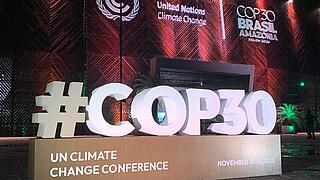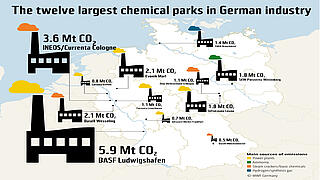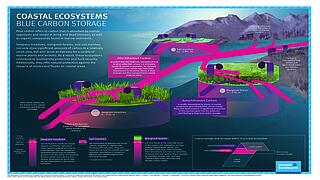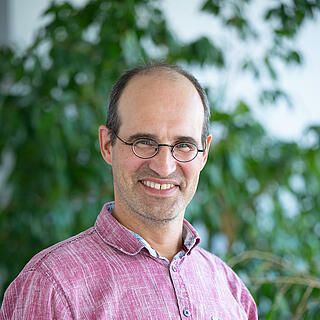Wooden bicycle frames, packaging from maize starch – the purpose of the bioeconomy is to develop and utilise biological resources in the supply of products, services and energy. The aim is to make use of natural rather than fossil-based processes and adopt systems which promote a sustainable, resource-efficient economic model. However, the bioeconomy also faces criticism and challenges. For example, it intensifies the pressure on ecosystems, increases competition over land for the cultivation of regenerative resources, and fosters a reliance on biotechnologies.
How can the bioeconomy be taken forward in a way which respects planetary boundaries and contributes to the international community’s Sustainable Development Goals (SDGs)? This issue is one of the Oeko-Institut’s research interests. Its experts are examining strategies and policies to promote the bioeconomy concept. They identify its interactions with climate and sustainability goals and define benchmarks for a sustainable bioeconomy. They focus particularly on practical cases in order to assess the environmental and social impacts of bioeconomic processes. And by adopting an international perspective, they strive to improve the global frameworks for a sustainable bioeconomy.












